cattle breeds
1/13
There's no tags or description
Looks like no tags are added yet.
Name | Mastery | Learn | Test | Matching | Spaced |
|---|
No study sessions yet.
14 Terms
American polled Hereford
originated in lowa.
They are modern Herefords minus the horns; white faces and red bodies.
Superior foraging ability, vigor and hardiness. They produce more calves under adverse conditions. They are popular for their general producing ability.
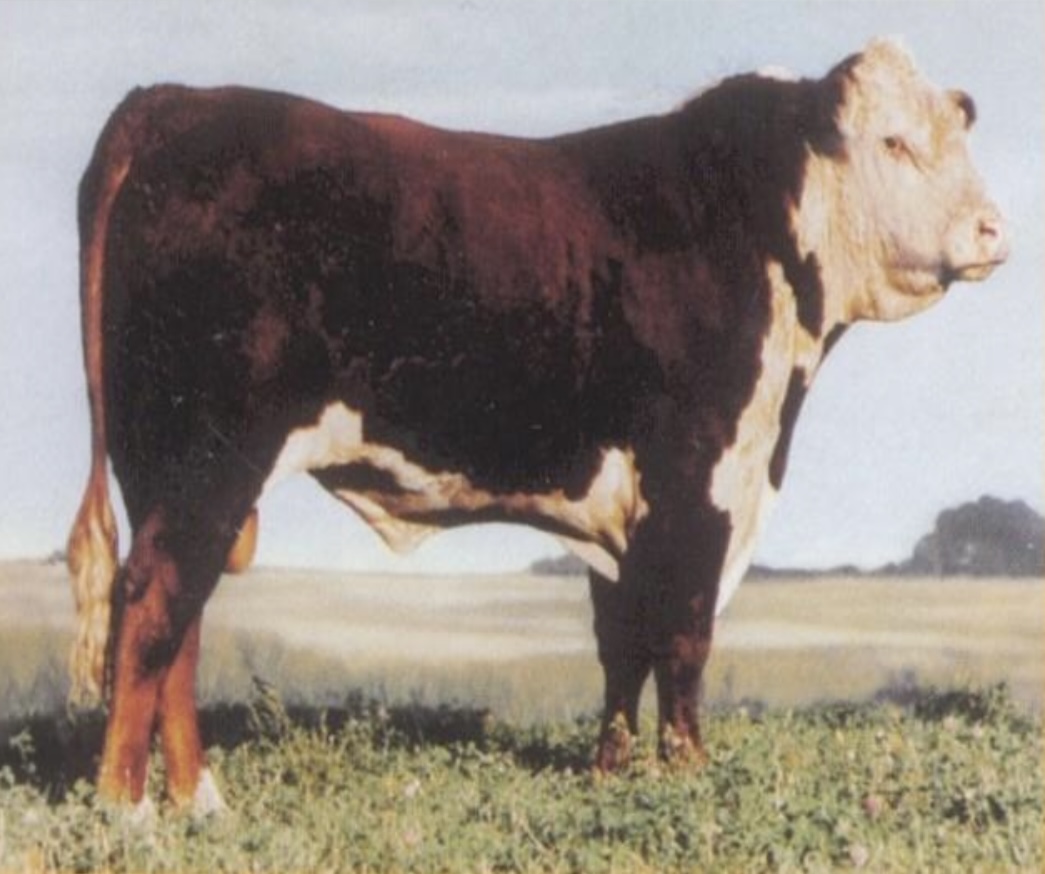
Simmental
An old breed, dating back in the Middle Ages.
originated in the Simmen Valley of Switzerland, half of cattle population are simmental.
white to light straw faces with red to dark red, spotted bodies. They are a horned breed with medium-sized horns.
They are large-bodied and are noted for being docile. thickly muscled and produce a carcass without excess fat.
They are adaptable to a wide range of climates.
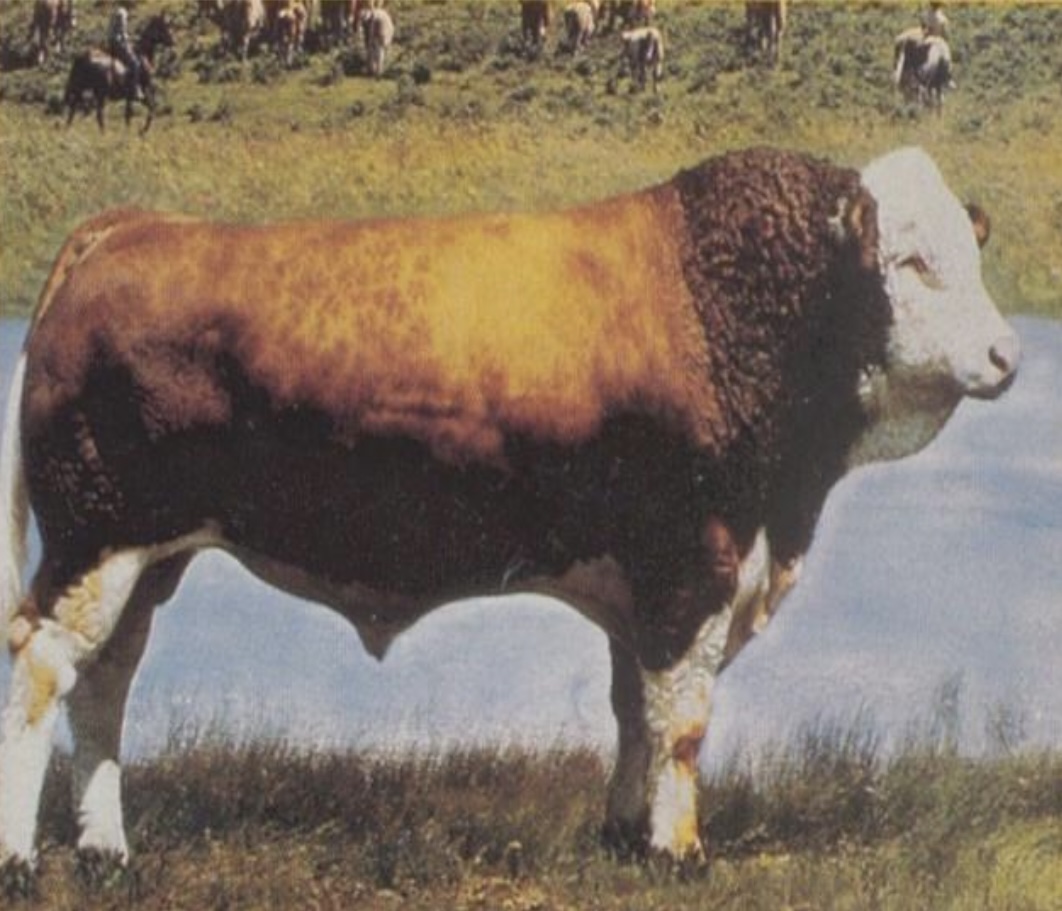

Angus
Official name of the Angus breed is Aberdeen-Angus, where they originated (Scotland).
They are black in color, smooth hair coat and are polled.
They are an alert and vigorous breed. They produce a desirable carcass of high-quality, well-marbled meat.

Brahman
Bos indicus cattle produce an oily secretion from sebaceous glands which has a distinctive odor and reportedly to assist in repelling insects.
Instead of a "moo" they produce a grunt. The color usually gray, but sometimes red.
Horns usually curve upward and are sometimes tilted to the rear.
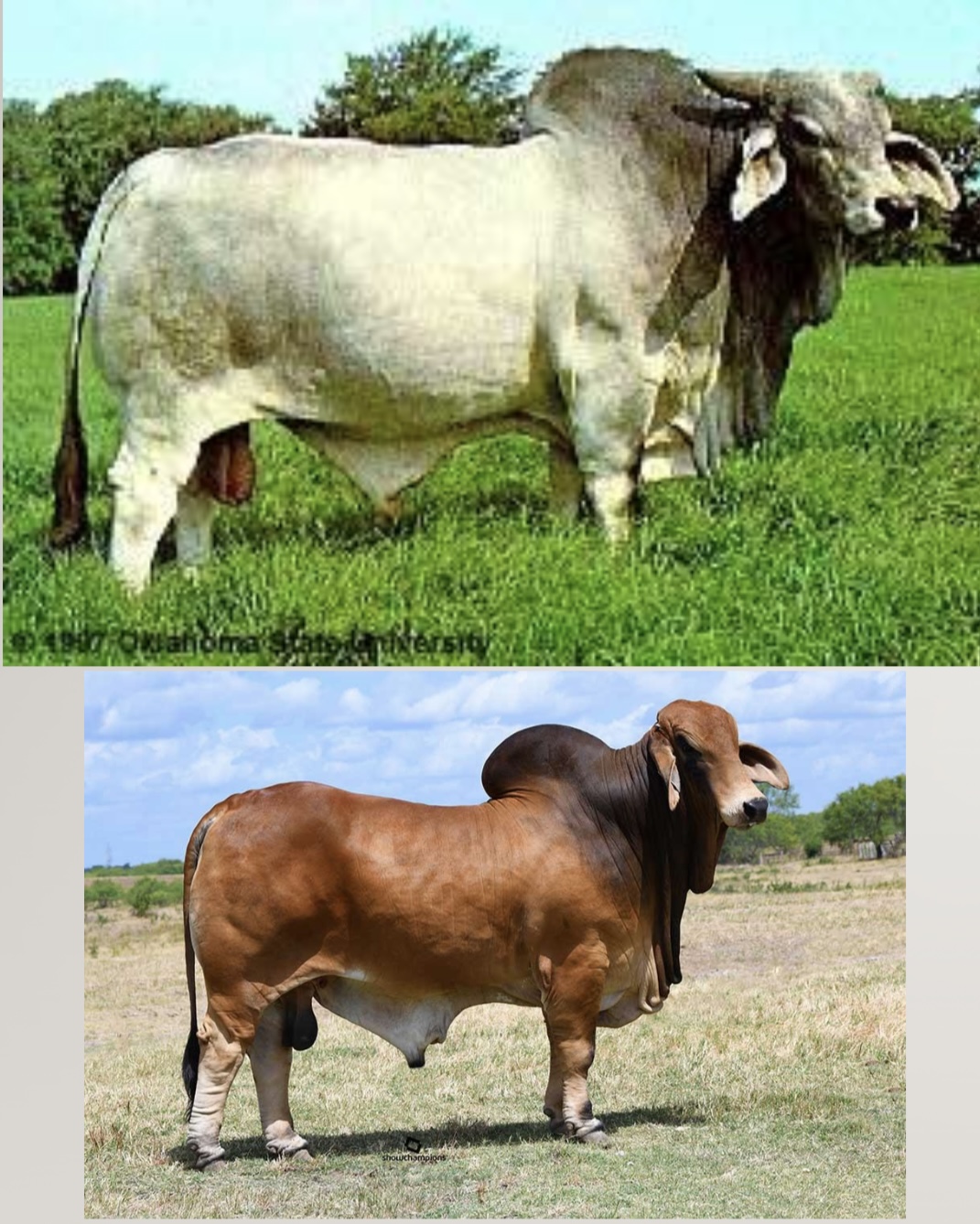
Charolais
One of the oldest of the French breeds of beef cattle.
They are heavily muscled in the round and loin because of generations of selection for this trait.
dual-purpose animal for draft and meat.
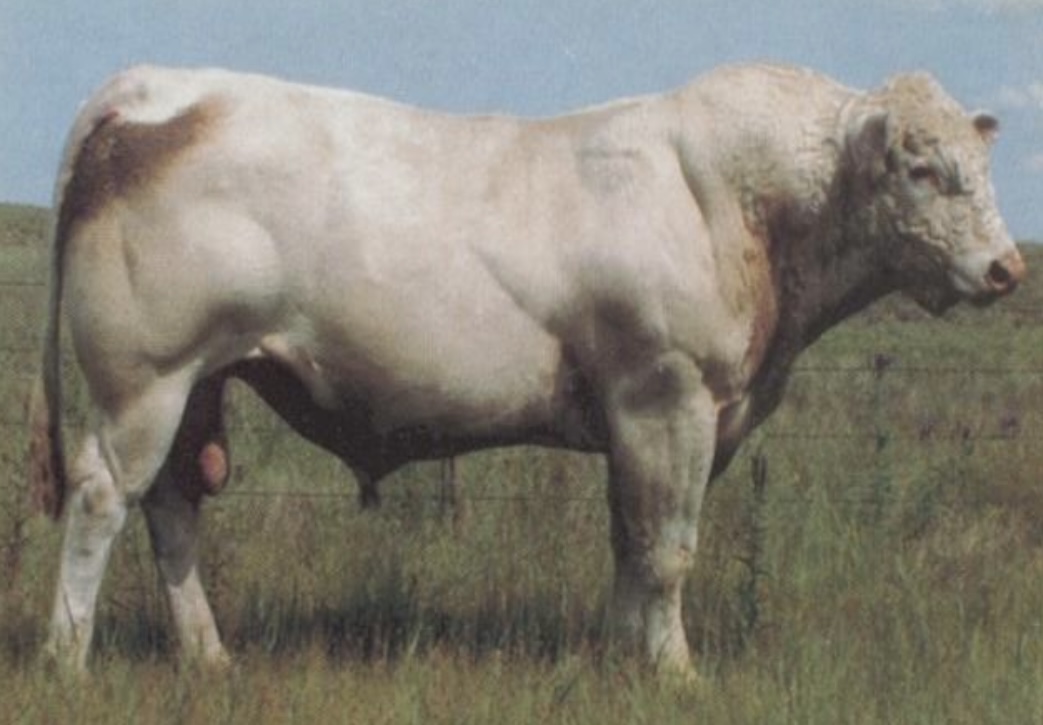
Limousin
Named after a province in France where they originated.
They are noted for their carcass leanness and large loin area.
Limousin cattle are referred to as the "butcher's animal" in France.
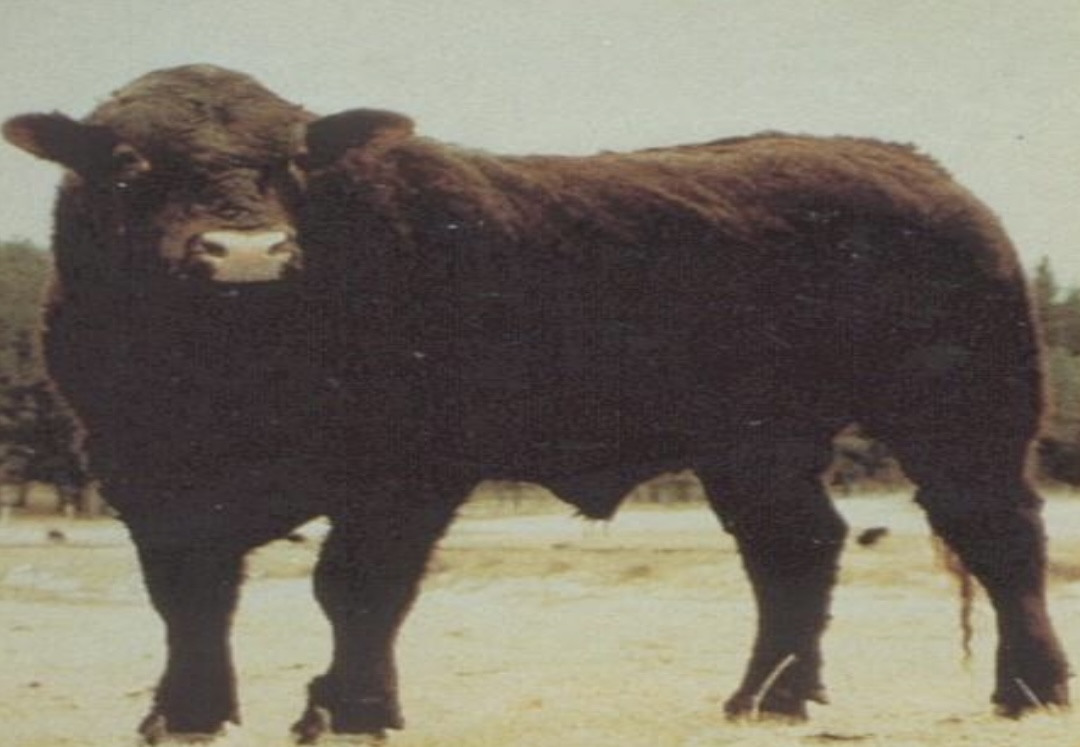
Ayshire
Originated in the country of Ayr in Scotland.
ranked third among the dairy breeds in average milk produced per cow and fourth among the dairy breeds in average milkfat produced per cow.
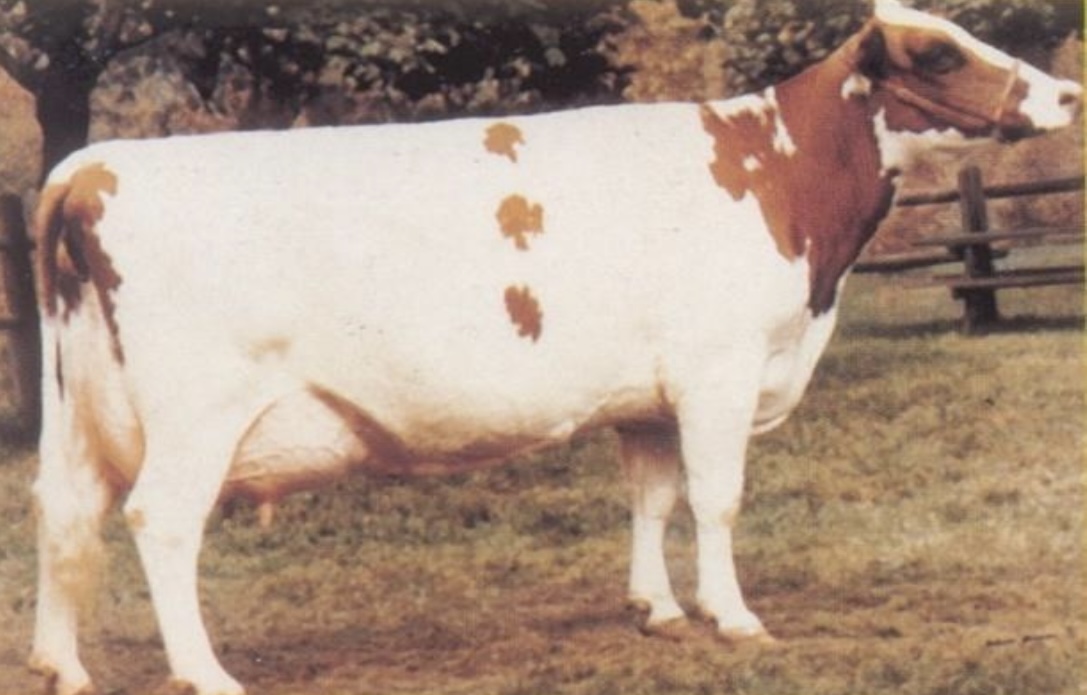
Brown swiss
Originated in Switzerland and probably one of the oldest of the dairy breeds.
Brown Swiss has a quiet and docile temperament. They are the longest live of the dairy breeds and have high heat tolerance.
Ranked second among the dairy breeds in average milk production and third in average milkfat produced.
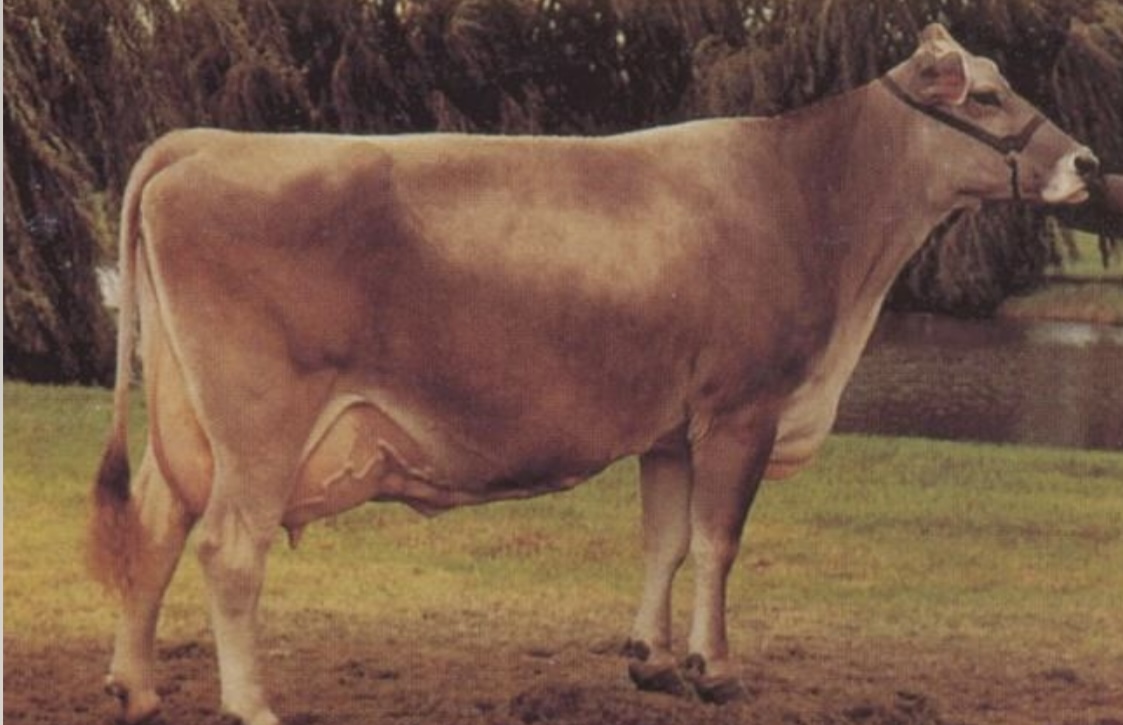
Guernsey
Originated in the Isle of Guernsey in France.
early maturing breed, they are adaptable and have a gentle behavior.
Rank fourth in average milk produced and second in average milkfat produced per cow. They produce milk that is golden in color.
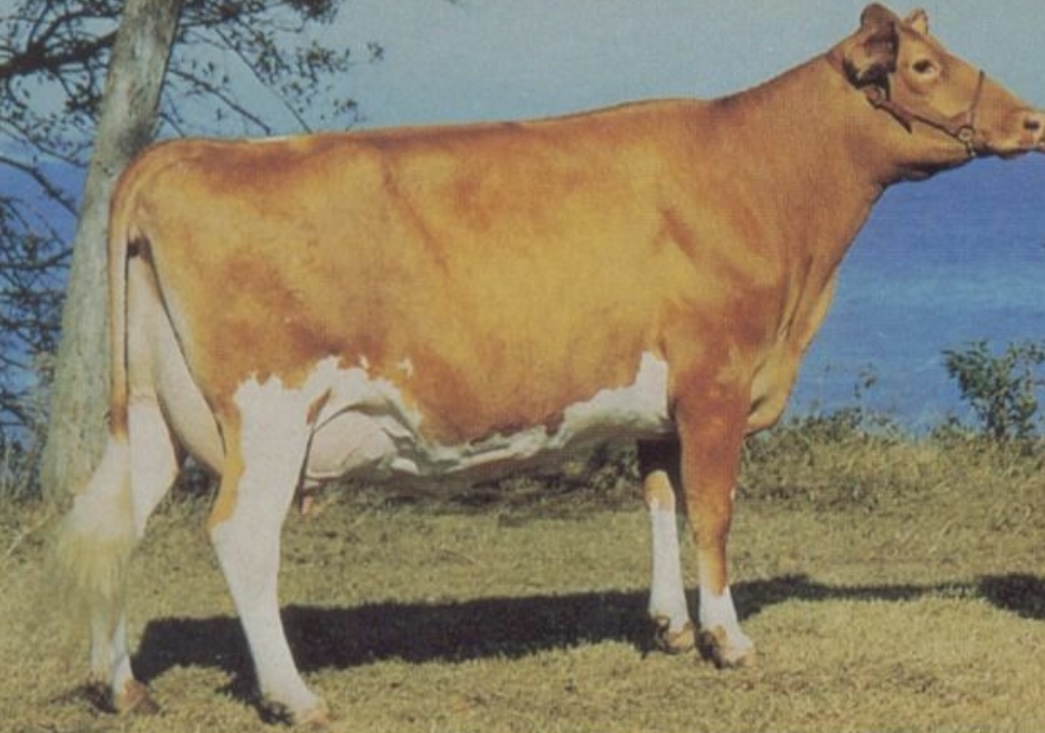
Holstein-Friesian
Originated in Netherlands. The breed is commonly called Holstein in Canada and US; elsewhere it is called Friesian.
Holsteins are black and white, considered the largest among the dairy breeds. have excellent grazing ability and large feed capacity. Cows are generally quiet but bulls can be mean and dangerous.
Rank first among dairy breeds in average milk produced and fifth among the dairy breeds in average milkfat produced per cow

Jersey
Originated in Jersey, France.
Smallest among the dairy breeds,
Rank fifth among dairy breeds in average milk produced and first in average milkfat produced per cow.

SANTA GERTRUDIS
These were developed in Texas, resulting from crossing Brahman beef-type bulls on beef-type Shorthorns.
They are large beef animals, noted for their ability to make large gains on grass and to rustle on areas of sparse forage, and for their tolerance to heat and insects.
Modern Santa Gertrudis cattle are approximately 5/8 Shorthorn and 3/8 Brahman.
A deep cherry-red color has been established in the breed. Shows a relatively high degree of both heat and tick resistance.
Their characteristics include ease of calving, good mothering ability and abundant milk supply.
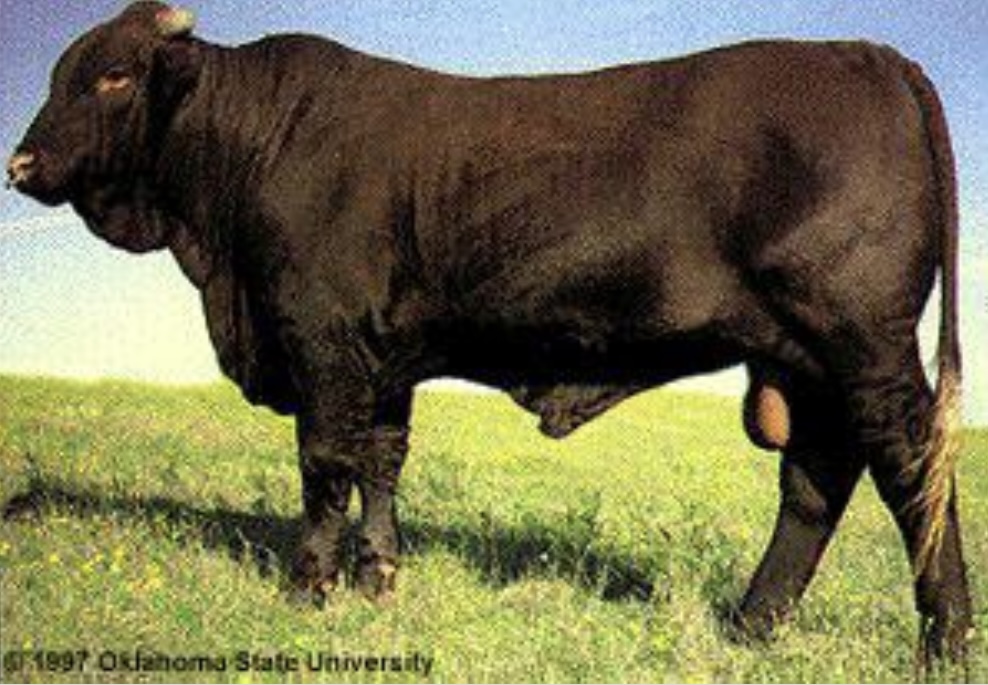
Chianina
They are quite the largest cattle breed in the world, with many bulls weighing over 4,000 pounds.
They are noted for rapid growth and well marbled, fine - textured meat.
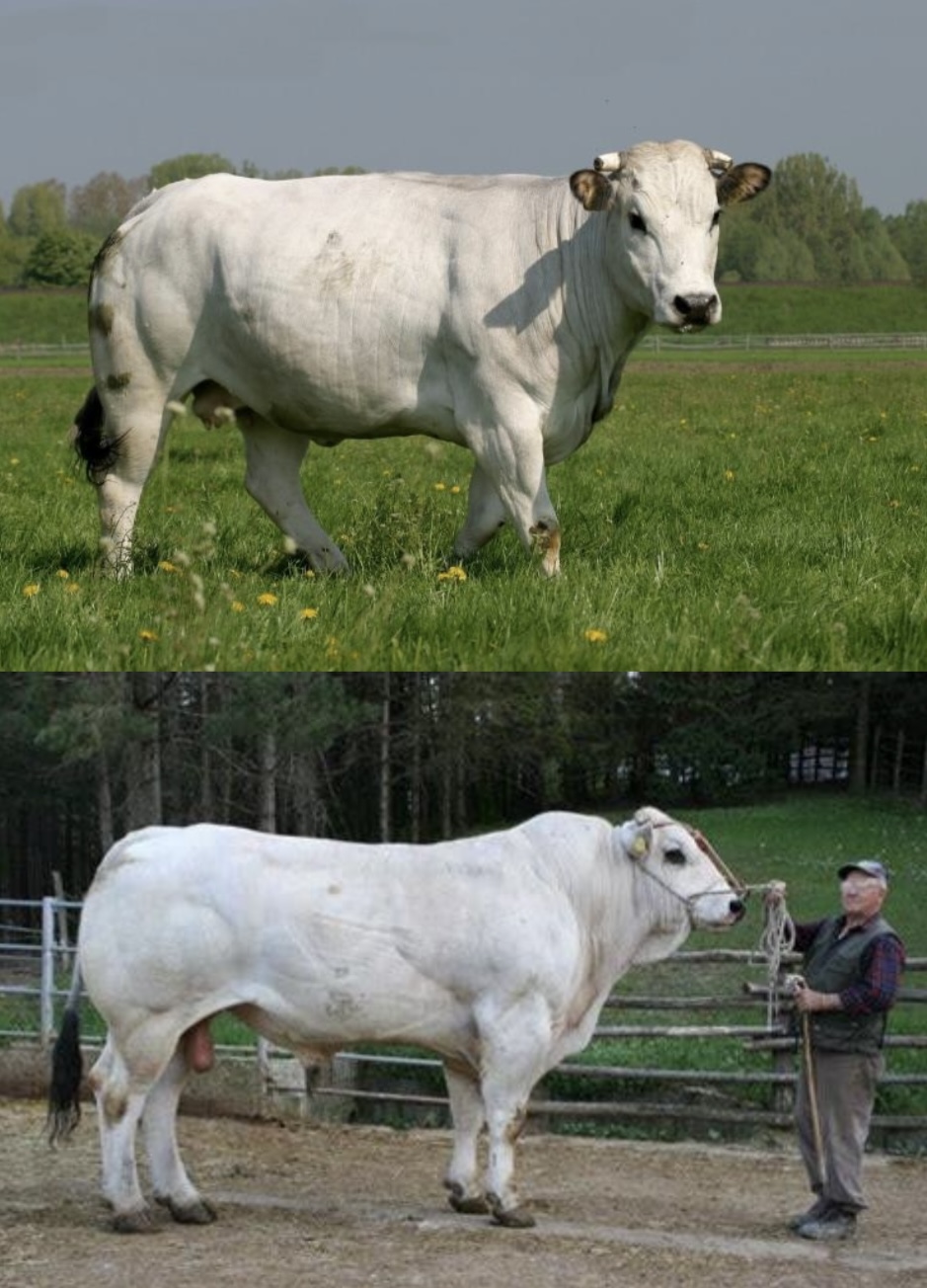
Milking shorthorn
formerly known as Durhams.
They were originally a dual-purpose breed, bred for both milk and meat production.
They are more angular and less thickly fleshed than the Shorthorn.
